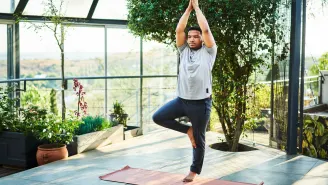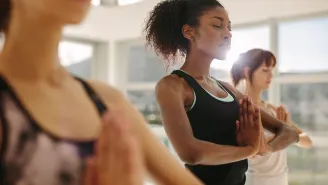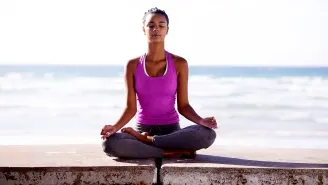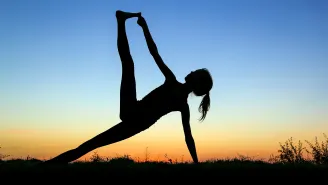Yoga
Stay up to date on the latest information around yoga exercises and the health benefits.
CareView
Coming Soon!
slideshow
8 yoga poses for a stronger core
slideshow
7 best yoga poses for stress relief
slideshow
8 yoga moves for a happier mood
slideshow
5 yoga myths debunked
slideshow
8 yoga poses for strong legs
slideshow
4 simple yoga moves for better sex

